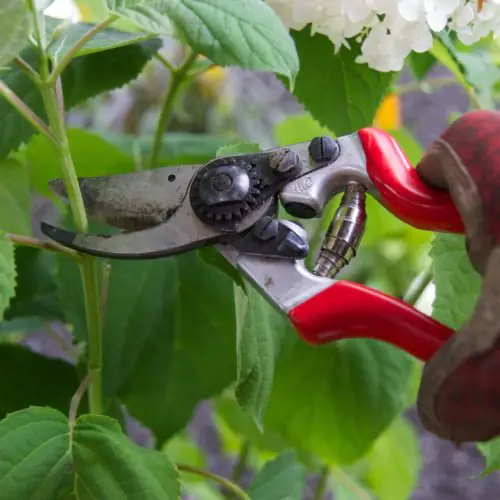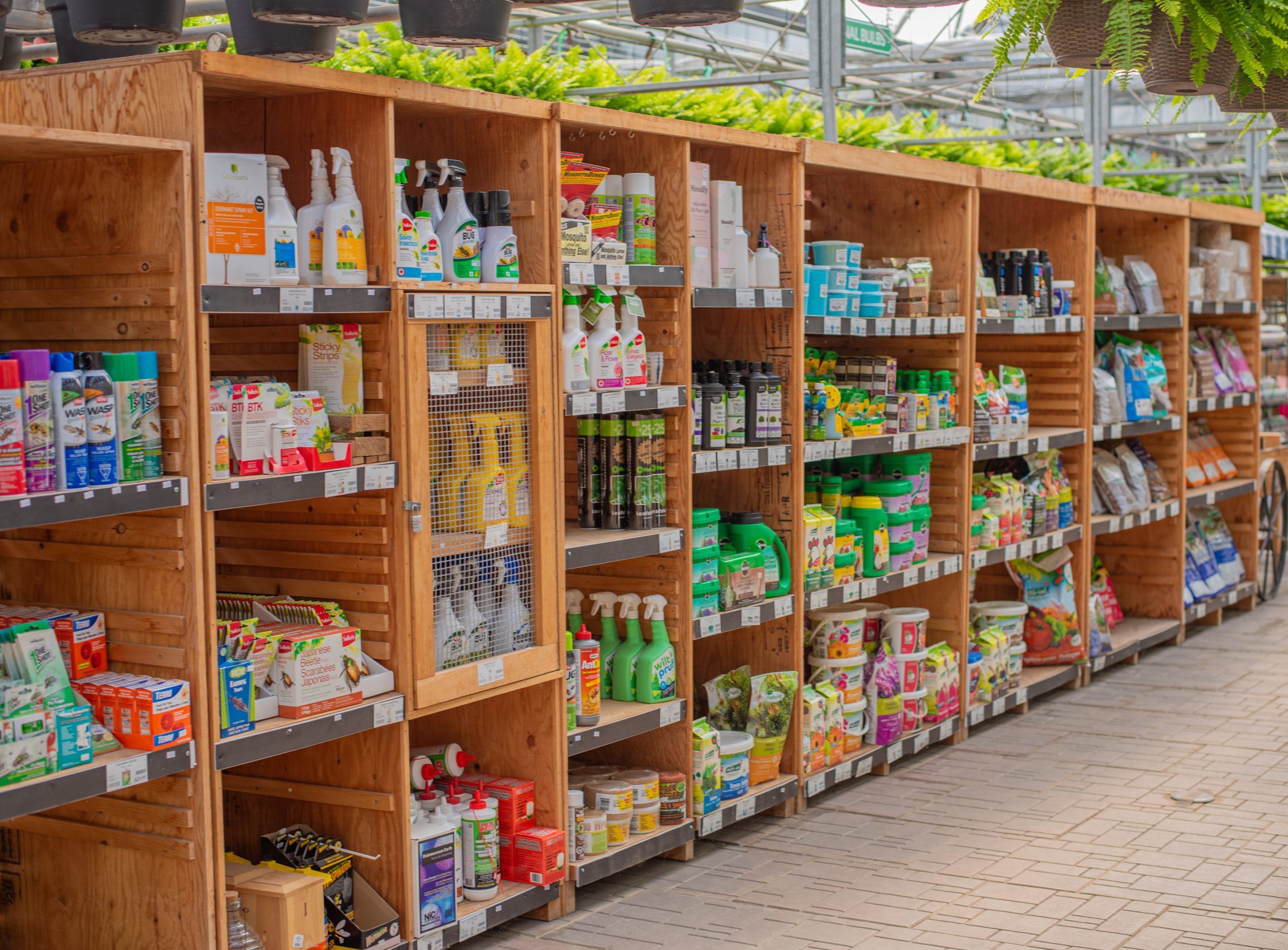
How to Properly Plant Trees and Shrubs
Planting new trees and shrubs is an easy way to increase the curb appeal of any home. Set yourself and your new plants up for success by following our top tips on how to plant trees and shrubs, and a few notes on what not to do (spoiler alert – don’t bury them too deep!).
Digging the Hole:
Size matters when it comes to digging the perfect hole! You want the hole to be about 2-3 times wider than the root ball of your plant, but no deeper. This allows the roots to spread out easily and take hold in the soil. Planting too deep is one of the top culprits of killing your new leafy friends! It can lead to suffocation and waterlogging. So think wide and not deep when digging!
Soil Amendments:
Once you’ve dug the perfect hole, take a moment to really look at the soil in the spot where your new plant is going to live. Is it well-draining and rich in nutrients? If your soil feels like heavy clay or is overly sandy, you might want to consider mixing in some organic materials like compost or even a standard triple mix. Be careful not to over-amend—the goal is for your new trees and shrubs to adjust to the native soil surrounding their roots, so a 50/50 blend of existing soil to new soil is about as much as you should add.
Planting Your Plant:
We can’t say it enough, but double check the height of your hole before you commit to putting the plan in there to make sure it’s not too deep. You should also take a peek at the roots to make sure they look healthy. You can gently loosen the root ball and trim any circling roots (this prevents girdling, where roots wrap around the plant and strangle it over time).



Backfilling the Hole:
Once your tree or shrub is in place, backfill the hole with the same soil you dug out (or that 50/50 mix of existing soil with amendments). As you fill, lightly tamp the soil to avoid leaving large air pockets, which can dry out roots. But don’t overdo it—packing the soil too tightly can prevent roots from expanding.
Watering:
Proper watering is really important, especially in the first few weeks. After planting, give your plant a good soak. Keep the soil consistently moist, but not waterlogged, while the plant establishes itself. Check on it every few days, and water more when it’s really hot, or dry, or windy. But don’t overdo it! You can always add more water, but you can’t take it out of the soil if your plant has soggy feet.
Our favourite way to deep water new plants is with a slow drip from a hose or a large bucket with a tiny hole that waters over a longer period to ensure the water gets all the way down into the soil.
Mulching:
Mulching is like giving your plant a cozy blanket. It helps retain moisture, regulate soil temperature, and keeps pesky weeds at bay. Spread a 2-3 inch layer of mulch around the base, but be sure to keep it away from the trunk or stems (think of a donut of mulch around your tree). Definitely avoid the common mistake of “volcano mulching,” where mulch is piled up against the trunk, which can lead to rot and decay.
Staking (Only if Needed):
Most trees and shrubs don’t need to be staked, but if your plant is in a particularly windy spot or has a weak root system, staking may help. Use two stakes placed on opposite sides of the tree, and tie them loosely so the plant can still move and develop stronger roots. Remember to remove the stakes after a year, so they don’t end up hindering the plant’s growth.
Fertilizing:
Resist the urge to fertilize right away! Your newly planted trees and shrubs don’t need a boost just yet. In fact, over-fertilizing can harm their tender roots. Wait at least one growing season before applying any balanced, slow-release fertilizer, and only do so if the plant shows signs of nutrient deficiency.
If you want to give your trees (or any plants really!) a boost when planting or transplanting, you can consider a product such as Root Rescue! This is an organic product that contains mycorrhizal fungi, which develop a symbiotic relationship with plant roots, giving them water and nutrients in exchange for plant sugars. One application will stay with your plants for a lifetime!


Avoiding Common Causes of Failure:
Unfortunately, not all plantings go perfectly, but knowing the common causes of failure can help you avoid them:
- Planting too deep: Burying the plant’s trunk too deep can cause root suffocation and disease.
- Lack of water: New plants need consistent moisture during establishment.
- Excess water: Too much water can drown the roots, leading to rot.
- Improper or over fertilization: Over-fertilizing can damage tender roots and encourage weak growth.
If your plants are showing signs of struggle, don’t be shy to reach out to us for help before the problem gets too far gone to help. You can send us a direct message on Facebook or Instagram, give the greenhouse a call, or better yet take some photos and head into the greenhouse to chat with one of our knowledgeable Daymakers about how to turn it around!
By following these guidelines and paying close attention to your watering, you and your new garden buddy should be set up for years of healthy growth!




